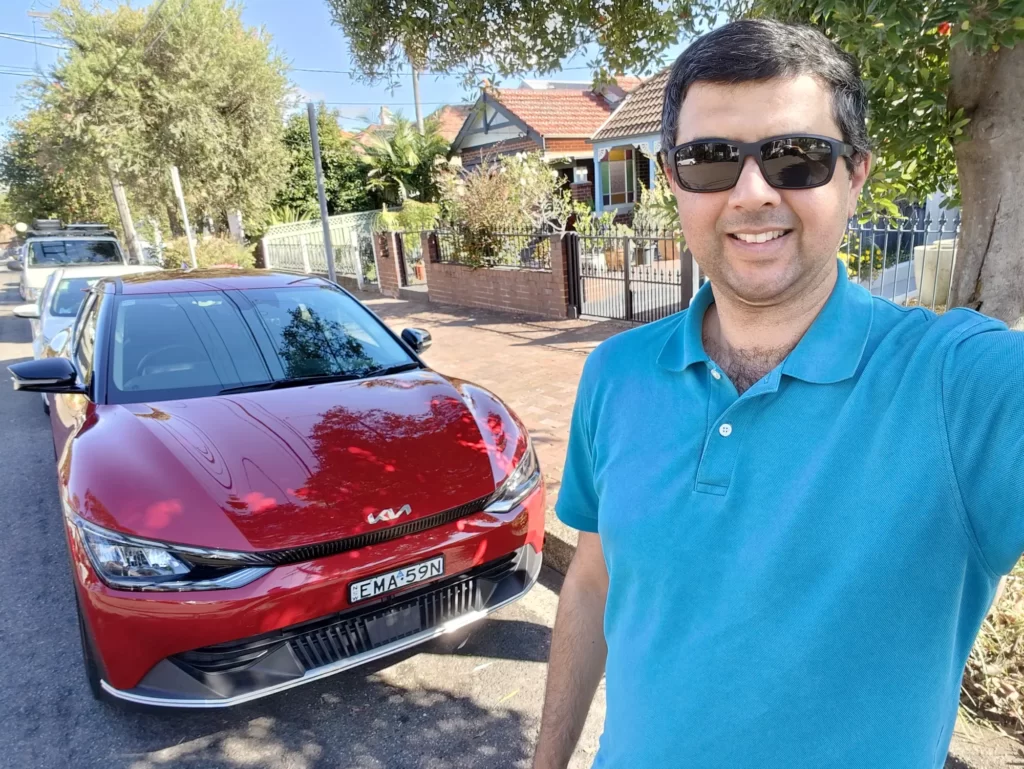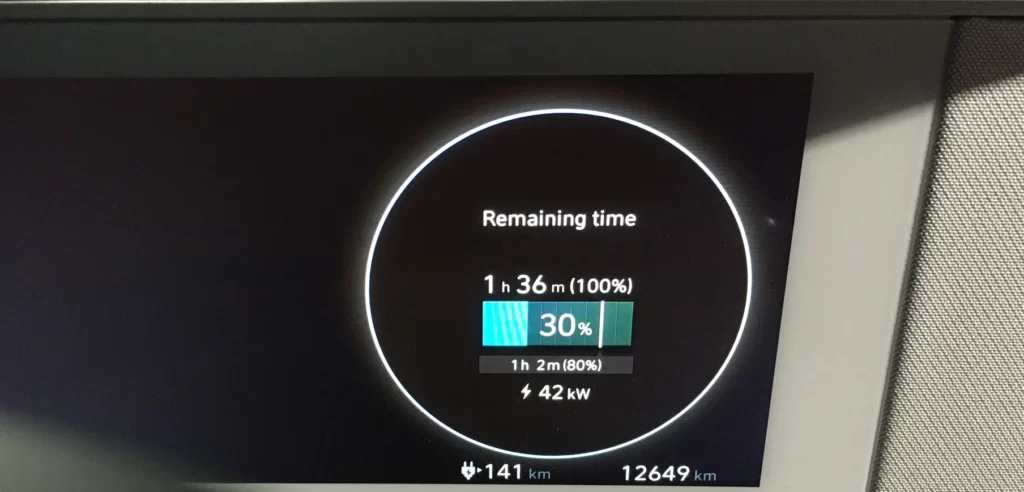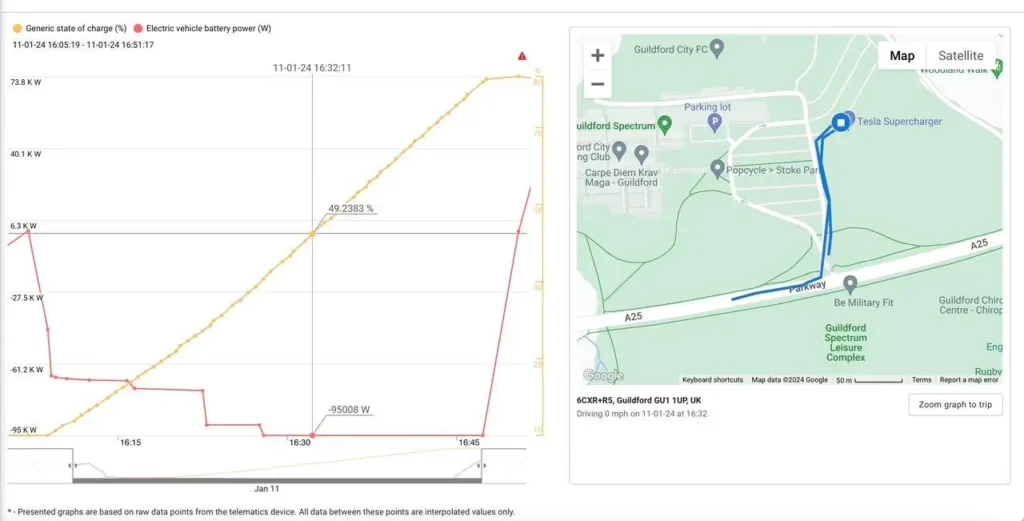In September 2023 I reported that Australian owners of Hyundai Ioniq 5, Ioniq 6 and Kia EV6 electric cars which are all based on the E-GMP 800V platform capable of charging at up to 235kW rate, discovered that their cars could only charge at a very slow 42kW rate on open access 250kW Tesla V3 Superchargers.
At the time I asked Kia Australia and their spokesperson told me:
“From the point of view of Kia Australia, there is no reason why HQ R&D would limit our system to 42kW when using a Tesla V3 or V4 Supercharger”.
“As per the article, Kia vehicles are achieving 90-100kW charge rate on the older Tesla V2 Superchargers”.
“This suggests the limitation and opportunity for improvement, falls with Tesla”.



During my Sydney to Melbourne Hume Highway Christmas 2023 electric car road trip charging diary in a 2022 Kia EV6 GT-Line RWD I I discovered that Tesla Yass V3 supercharger now works at up to 97kW charge rate with a Kia EV6.
Other Australian drivers of Kia EV6, Hyundai Ioniq 5 and Ioniq 6 have confirmed the same at other Tesla V3 supercharger locations.



Since then I’ve heard from reader Steve in the UK who reported:
“Looks like Tesla have made similar improvements for E-GMP platform vehicles over here too – charged at the same public Supercharger site in Guildford last night and was getting 95kW at the battery”
“Still not that fast compared to the Volvo but better than 42kW – and at only £26.68 for 58kWh (£0.46 per kWh – it was during peak!) it’s a lot cheaper than other similar speed chargers”.
“One other plus is that the fastest charge rate was delivered all the way up the charging session until I stopped at 80% 😁”
Interestingly in the UK Tesla Superchargers are one of the cheapest public fast chargers per kWh whereas in Australia they are usually the most expensive per kWh.

If you’re wondering why the limit is 97kW even though E-GMP cars can charge at up to 235kW … according to Australian Ioniq 5 owner Peter Campbell :
“The Ioniq 5 uses the e-GMP platform, which uses the 800V charging system. It achieves compatibility with the 400V charging system by doing an on-board DC-DC voltage conversion, in this case, up to about 700V for the Ioniq 5 battery”.
“To do this needs a substantial inductor and the e-GMP platform does this cleverly by repurposing the rear motor coil rather than adding extra hardware. This arrangement presumably has some maximum power limit. I have seen 105kW claimed to be the limit but I have not found an authoritative source for that”.
The root cause of the limit is caused by the Tesla chargers 400v charging system, so the E-GMP platform has to boost that up to 800v.
If Tesla super chargers ever support 800V natively then the problem will go away.

Leave a Reply